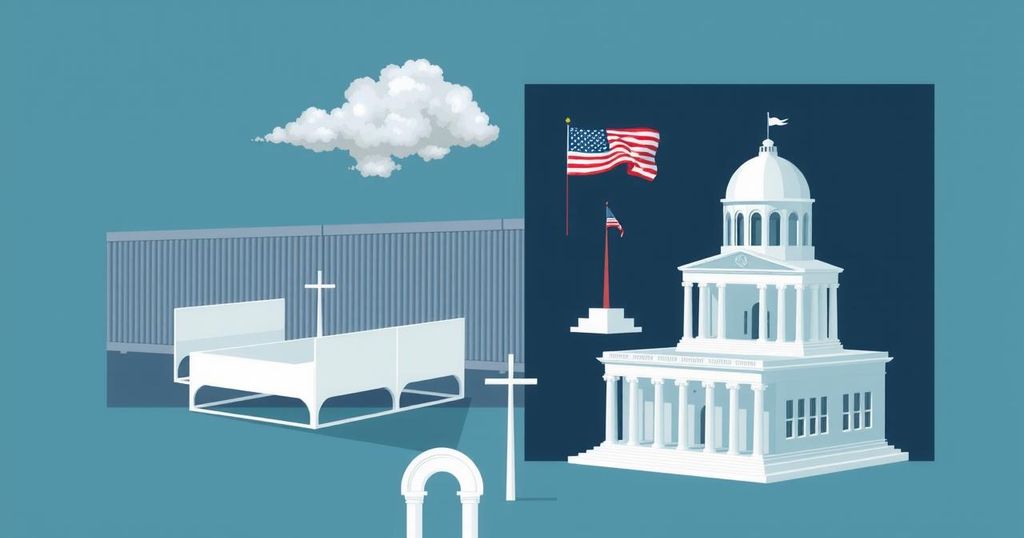Key aspects of Trump’s immigration legislation examined
President Donald Trump’s ambitious spending cuts and border security package, which is reportedly set to inject a staggering $150 billion into his controversial mass deportation agenda over the next four years, could fundamentally alter the U.S. immigration system. This significant funding aims to cover everything from the expansion of the southern border wall to the establishment of more detention centres and the hiring of thousands of additional law enforcement personnel. As the Senate deliberates its own version of the bill, which mirrors many aspects of the House’s approach, Republicans are using the backdrop of civil unrest sparked by immigration protests to push for immediate passage despite opposition from Democrats.
Funding and building the border wall raises doubts
One of the most notable components of the bill is its allocation of $46.5 billion for what the House Homeland Security Committee is dubbing an ‘integrated border barrier system.’ This funding will be aimed at completing 701 miles of primary walls and 900 miles of river barriers along the U.S.-Mexico border. Lawmakers are being called upon to support these recommendations if they are serious about border security, implying that this wall construction could have far-reaching political and social consequences, although the exact impacts remain a topic of heated debate.
Expanding detention and enforcement complicates future policies
Moreover, the bill earmarks a hefty $45 billion to bolster the immigration detention system, allowing for the expansion of facilities housing adult migrants and families, with a potential increase in ICE personnel to about 18,000. The goal, as highlighted by ICE officials, is to ramp up deportations significantly. However, critics are raising alarms that even with this funding, meeting Trump’s ambitious targets may prove difficult. The plans may also hugely benefit private prison companies, whose stocks have surged as the administration pushes for more detention capacity.
New immigration fees could hinder many applicants
Finally, there’s a substantial shift in how the immigration fee structure works—with asylum applications no longer being free but rather costing $1,000. Other fees are set to increase dramatically as well. While this might be a minor inconvenience for the wealthy, for many potential immigrants, even a few hundred dollars could be the difference between attempting to enter the U.S. or abandoning their dreams entirely. This overhaul could exacerbate existing disparities in legal immigration processes, creating a system that’s even more challenging to navigate for the average person.






